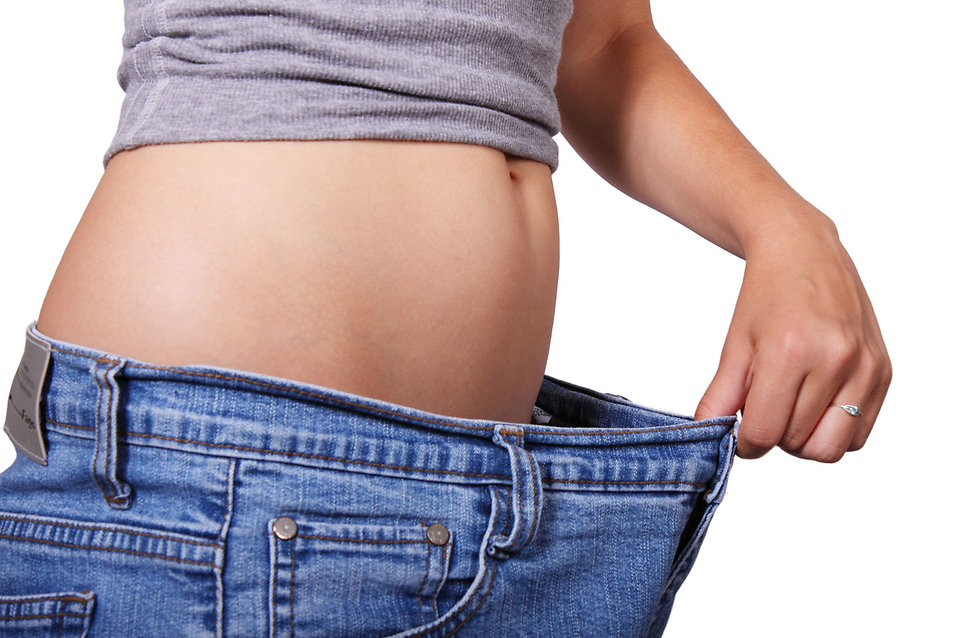


If you are experiencing clit pain after childbirth, know that having a baby can be a very traumatic experience for your body. While you also experience feelings of joy, you may also be in a lot of pain. It’s understandable! If your baby was larger in size (8 to 9 pounds), your vaginal opening may have stretched farther than with a smaller (6 to 7 pound) baby. This is a common complaint after childbirth, along with other symptoms that heal eventually. This article will go over why you may be experiencing “pain down there,” some of the other post-childbirth symptoms, and what you can do about it.

Your clitoris sits on top of the vaginal area, and pain here is common after you have a baby. If your baby is larger, had a larger head, or came out “sunny-side up (face up),” then you are at increased risk for pain in the clitoris after your baby is born. Some women even experience clitoral swelling in the days after childbirth.
If you think about it, the clitoris is one of the most sensitive parts of your genital area. It has the ability to feel very good, or a lot of pain. Clit pain after childbirth may not be due to any birthing injuries, but may just be a reaction to everything that just occurred down there. Your hormones are doing some crazy things after you have a baby, and can affect your clitoris. Rapid hormone shifts may cause it to become engorged with blood, kind of like an erection. This can happen even if you are not feeling “turned on.”
After your baby is born, you will be recovering from a huge event on your body, plus you will be going through many changes to get back to your pre-pregnancy state. With that comes some symptoms that get better over time. These include:
You will still experience uterine contractions that feel very strong the first day after delivery. They come and go over the first week, and usually disappear by the second or third week. They can be very painful, especially with breastfeeding. These contractions help to bring your uterus back down to normal size over the next 6 weeks.
Feeling pain inside your vaginal canal is very common after delivery. This is worse if the doctor had to make a cut (episiotomy) in order to deliver your baby. Some women even tear during delivery, and this can be painful during healing.
It is normal to have heavy “period-like” bleeding after you have a baby. Even though you may be experience pain in the clitoral area, you won’t bleed from there unless you have a tear in the skin. Bleeding is coming from the separation of the placenta from the uterine wall. This goes on for about 3 to 4 weeks after delivery.
Clit pain after childbirth may be very normal, or a sign of birth injury. You should get in touch with your doctor if the pain is very severe, or you have other symptoms like:
There are things you can do at home to recover from childbirth faster including:
Ice Packs
You can try placing an icepack over the area for 10 to 15 minutes a few times daily. Make sure you wrap the ice in a towel to prevent cold burns to your skin. It will help relieve inflammation and numb the area.
Peri-Rinse
You can make a rinse for your genital area that will help to cool things down and relieve pain. Take a squirt bottle (they usually provide these at the hospital), and fill it with warm water. Put about ¼ cup witch hazel and swirl to mix. Sit on the toilet and rinse your bottom with this after using the bathroom, or anytime you are feeling discomfort.
Witch Hazel Pads
Make a solution of ¼ cup witch hazel to 8 ounces of water. Soak a few pads in the solution and keep them in the fridge. If you start having pain, place one of the pads in your underwear for up to 20 minutes. This also helps to relieve any hemorrhoids that might have popped out in delivery.
Do a “Sitz Bath”
Ask your nurse for a “sitz-bath” to put over your toilet. You fill the container with water and sit in it. You can do this a few times a day to help relieve discomfort.
Increase Fiber and Water
Bearing down to have a bowel movement after having a baby can cause pain everywhere in the lower pelvic region. Make sure you ask for a stool softener after delivery and increase the fiber, and water in your diet.
Deep Breathing Exercises
Just like during labor, you can try some deep breathing exercises to manage any initial pain you may be having. This is one way to avoid taking pain medications if you are breastfeeding your baby and choose not to use them.
Clit pain after childbirth means your body is still in the healing process. During this time, you will want to avoid things that can cause further trauma to the area. This includes:
Try not to stand in one place for long periods of time